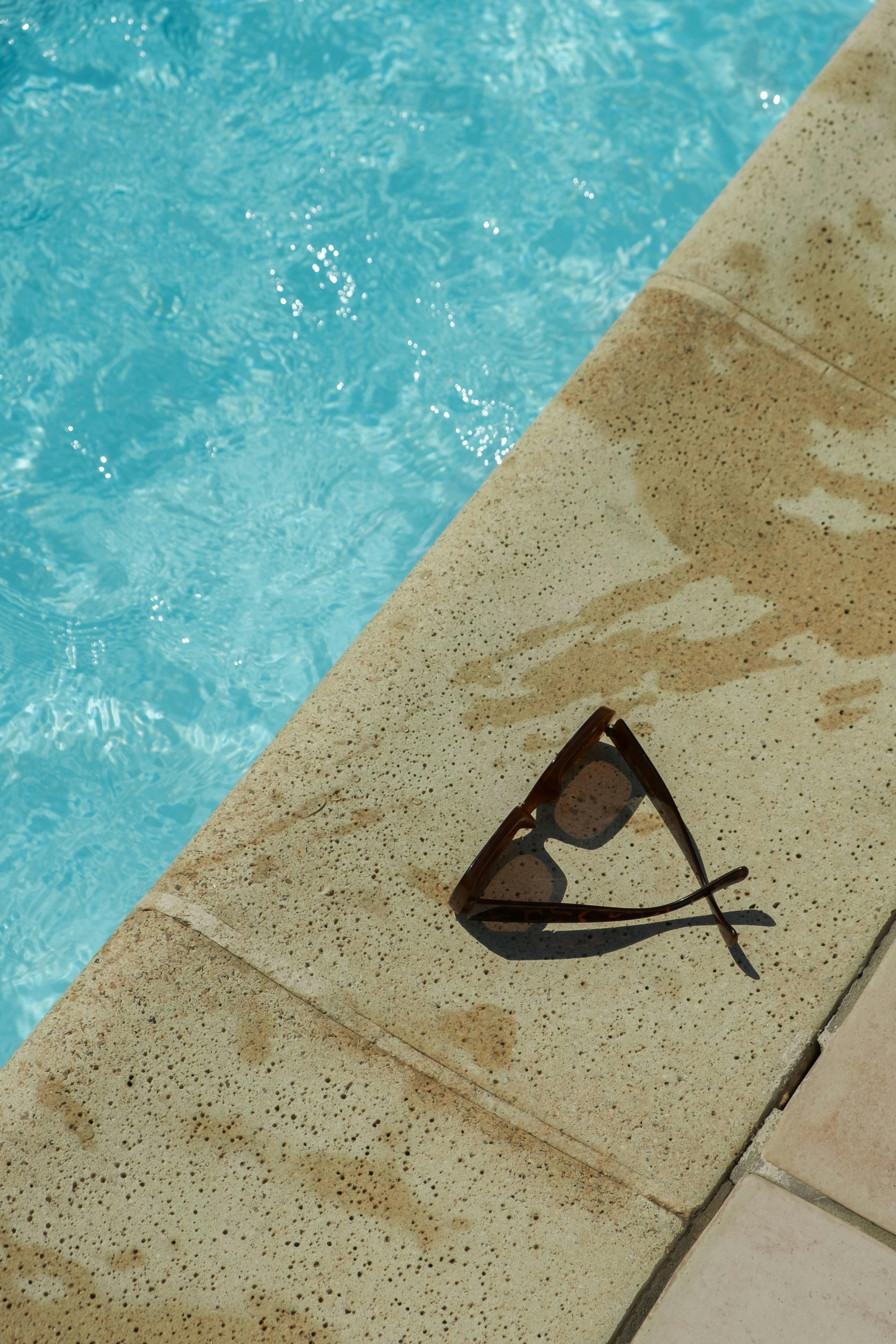Common Concrete Problems in Summer and How to Prevent Them

When summer hits the Midwest, it brings more than just longer days and rising temperatures—it also introduces a unique set of challenges for concrete. At Meyer Construction, we’ve worked with concrete in every season, and summer is one of the toughest. The intense heat, high UV exposure, and rapid drying conditions can lead to a number of common issues, including cracking, scaling, discoloration, and more. Understanding these problems and knowing how to prevent them can save you time, money, and frustration in the long run.
Cracking is one of the most frequent issues we see in summer. Concrete naturally expands when it heats up and contracts as it cools. If that movement isn’t properly accounted for during installation, it can lead to unsightly and sometimes damaging cracks. This is especially true when the concrete hasn’t been cured correctly or when control joints haven’t been strategically placed. The best way to prevent cracking is to include properly spaced control joints that allow the concrete to move without splitting. It’s also essential to cure the concrete thoroughly—ideally by keeping it moist for at least seven days after the pour. And when possible, avoid pouring concrete during the hottest parts of the day to reduce the risk of rapid moisture loss.
Another summer-related issue is scaling, where the surface of the concrete starts to peel or flake away. While this often shows up in the colder months, it’s frequently caused by mistakes made during summer placement. Overworking the concrete or adding water during finishing weakens the top layer, leaving it vulnerable when freeze-thaw cycles hit later. To prevent scaling, avoid adding water to the surface, use a breathable concrete sealer, and make sure your finishers know how to work efficiently in hot weather without compromising the mix.
Discoloration is another complaint we hear from homeowners and commercial property owners during the summer. Uneven drying, inconsistent mixing, or surface contamination from things like oil, leaves, or metal can all lead to blotchy, uneven patches. Heat and sun can exaggerate these issues, leaving your concrete looking patchy or faded. To keep your surface looking consistent, make sure the water-to-cement ratio remains steady throughout the pour, avoid calcium chloride in your mix, and keep the surface clean and protected during the curing process. A UV-resistant concrete sealer can also help preserve the color and appearance over time.
One of the most overlooked issues in summer concrete work is rapid drying. Concrete needs time to cure properly to gain the strength and durability it’s known for. But when temperatures spike, water evaporates from the surface too quickly, leading to shrinkage cracks and weak spots. You can combat this by dampening the subgrade before pouring, using curing blankets or wet burlap to keep moisture in, and applying a curing compound right after finishing to create a protective barrier.
Finally, dusting—a powdery surface that breaks down underfoot—is another summertime problem that often traces back to poor curing or improper finishing. If water is added during finishing or if the concrete is placed in overly hot or windy conditions, the surface may not gain enough strength. To prevent dusting, avoid finishing the surface too early (wait until bleed water has evaporated), don’t overwork it, and use a well-formulated concrete mix designed for your specific conditions.
At Meyer Construction, we believe the key to long-lasting concrete is a proactive approach. Summer may present extra hurdles, but with the right planning, materials, and techniques, those challenges can be managed. Whether you’re laying a new slab or addressing issues with an existing one, our experienced team is here to help make sure your concrete stands up to the heat and performs for years to come.
If you’re planning a concrete project or need help solving an issue caused by summer weather, reach out to Meyer Construction Co. We’re ready to help you build something that lasts.






